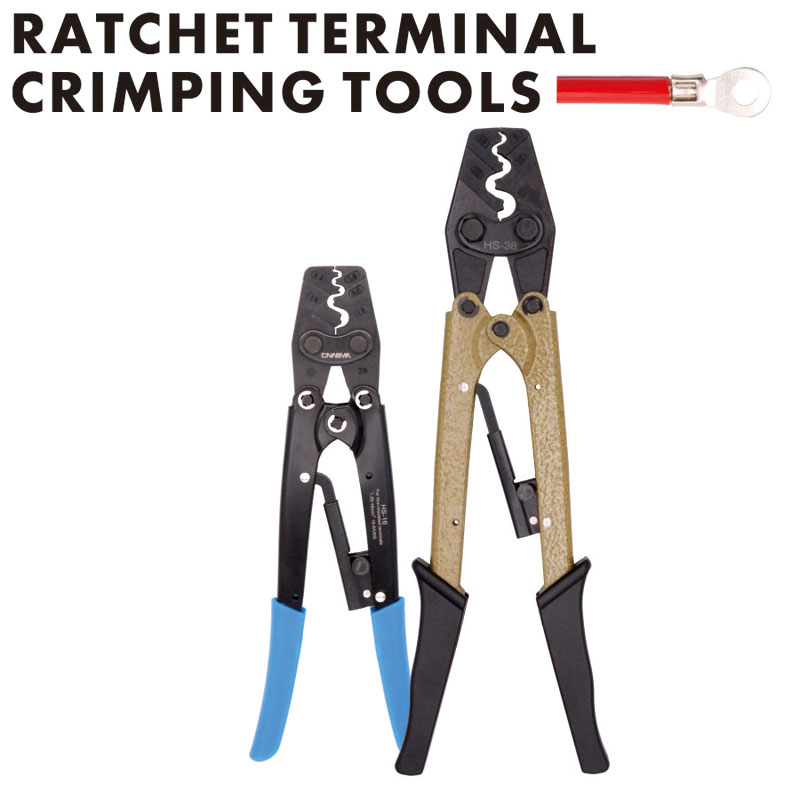Crimping Pliers for Bare Terminals: Precision Tools for Secure Electrical Connections
2025-05-12
In electrical work, ensuring a reliable connection between wires and terminals is critical for safety, performance, and durability. One of the most essential tools for achieving this is the crimping pliers for bare terminals. Specifically designed for use with non-insulated (bare) terminals, these pliers offer a strong mechanical and electrical bond that withstands vibration, stress, and corrosion.

What Are Crimping Pliers for Bare Terminals?
Crimping pliers for bare terminals are hand tools used to compress or "crimp" a metal terminal onto a stripped wire. Unlike pliers used for insulated terminals, these are tailored to create a solid connection with uninsulated metal connectors, typically made from copper or tin-plated materials. The tool applies even pressure to deform the terminal around the wire, forming a cold-welded joint without the need for soldering.
Key Features
1. Precision Crimping Dies: Designed to match the size and shape of bare terminals, ensuring consistent, high-quality crimps.
2. Multiple Jaw Sizes: Often equipped with several crimping positions for various wire gauges (e.g., AWG 22–10).
3. Ergonomic Handles: Comfortable, non-slip grips reduce hand fatigue during repetitive use.
4. Ratchet Mechanism (optional): Some models include a ratchet system that ensures full crimping before release, minimizing user error.
Advantages of Using Crimping Pliers
Strong Connections: Properly crimped terminals resist pulling, vibration, and thermal cycling.
Improved Conductivity: A secure crimp ensures optimal electrical contact with minimal resistance.
Time Efficiency: Faster and cleaner than soldering, ideal for production or field installations.
Safety: Reduces the risk of loose wires or short circuits in critical electrical systems.
Applications
Crimping pliers for bare terminals are widely used in:
Automotive Wiring
Industrial Control Panels
Electrical Equipment Assembly
Home Wiring Projects
Marine and Aerospace Systems
How to Use
1. Strip the Wire: Remove the appropriate length of insulation without damaging the conductor.
2. Insert into Terminal: Slide the stripped wire into the metal terminal sleeve.
3. Position the Terminal: Place the terminal into the matching die on the crimping pliers.
4. Crimp: Squeeze the handles firmly until the crimp is complete (for ratcheting tools, the mechanism will release automatically).
Choosing the Right Tool
When selecting crimping pliers for bare terminals, consider:
Wire Gauge Compatibility: Make sure the tool matches the wire sizes you commonly work with.
Crimp Profile: Different terminal types may require different crimp shapes (e.g., hexagonal, trapezoidal).
Durability: Opt for tools made with hardened steel jaws and high-quality construction for long-term use.
Certifications: If needed for professional use, choose tools compliant with standards like UL, IEC, or MIL-spec.
Conclusion
Crimping pliers for bare terminals are indispensable tools for electricians, technicians, and DIY enthusiasts alike. With the right crimping tool, you can create strong, reliable connections that ensure safety and performance in any electrical system. Investing in a high-quality pair of crimping pliers not only improves work efficiency but also enhances the integrity of your wiring projects.


